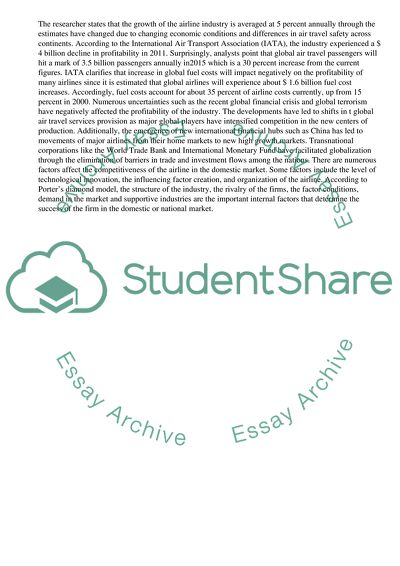Cite this document
(“Key Developments within the Global Airline Industry Essay”, n.d.)
Key Developments within the Global Airline Industry Essay. Retrieved from https://studentshare.org/business/1613487-evaluate-the-key-recent-developments-within-a-global-industry-of-your-choice-and-their-impact-on-international-firms-making-clear-links-to-themes-covered-within-the-first-six-lecture-topics-on-the-ciib-module
Key Developments within the Global Airline Industry Essay. Retrieved from https://studentshare.org/business/1613487-evaluate-the-key-recent-developments-within-a-global-industry-of-your-choice-and-their-impact-on-international-firms-making-clear-links-to-themes-covered-within-the-first-six-lecture-topics-on-the-ciib-module
(Key Developments Within the Global Airline Industry Essay)
Key Developments Within the Global Airline Industry Essay. https://studentshare.org/business/1613487-evaluate-the-key-recent-developments-within-a-global-industry-of-your-choice-and-their-impact-on-international-firms-making-clear-links-to-themes-covered-within-the-first-six-lecture-topics-on-the-ciib-module.
Key Developments Within the Global Airline Industry Essay. https://studentshare.org/business/1613487-evaluate-the-key-recent-developments-within-a-global-industry-of-your-choice-and-their-impact-on-international-firms-making-clear-links-to-themes-covered-within-the-first-six-lecture-topics-on-the-ciib-module.
“Key Developments Within the Global Airline Industry Essay”, n.d. https://studentshare.org/business/1613487-evaluate-the-key-recent-developments-within-a-global-industry-of-your-choice-and-their-impact-on-international-firms-making-clear-links-to-themes-covered-within-the-first-six-lecture-topics-on-the-ciib-module.


